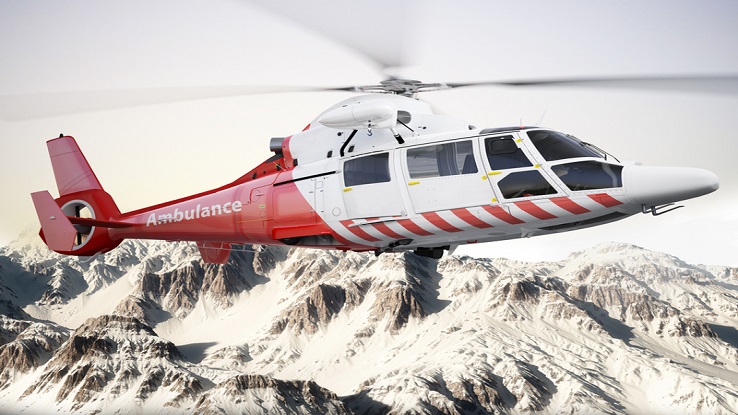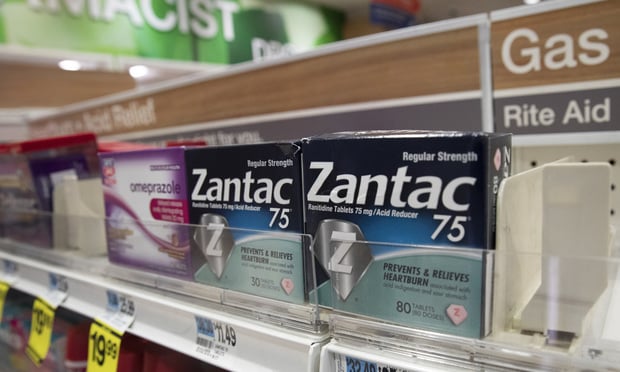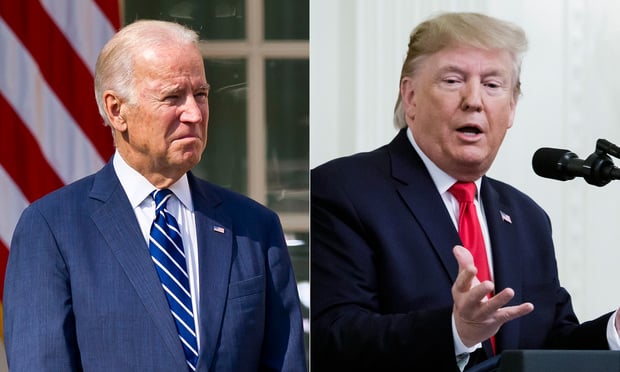 (Credit: iStock)
(Credit: iStock)
State insurance regulators are asking Congress to helpthem protect consumers against a financial menace: surprise medicalbills.
|The leaders of the National Association of InsuranceCommissioners (NAIC) have written to the leaders of the U.S. Houseand U.S. Senate to ask them to pass legislation protecting insuredpatients from what state regulators see as unfair charges.
|Insured patients often get surprise bills for care provided, atin-network hospitals, by anesthesiologists and other doctors whoturn out to be out-of-network.
|But one of the highest stakes battles is over billing for airambulance services, because the full cost of an air ambulance ridecan be $30,000, or higher, and many residents of rural hospitalsneed to use air ambulances to reach hospitals with high-leveltrauma services. The federal Airline Deregulation Act of 1978 haskept states from imposing state-level air ambulance costregulations.
|Resources
- A copy of the NAIC's surprise billingletter is available here.
- An NAIC guide to air ambulance insurance coverageis available here.
- A U.S. General Accountability Office report on airambulance costs is availablehere.
- An Association of Air Medical Services discussionof air ambulance billing is available here.
A team of five top NAIC officials — Raymond Farmer, thepresident; David Altmaier, the president-elect; Dean Cameron, thevice president; Chlora Lindley-Myers, the secretary-treasurer; andMichael Consedine, the CEO — signed the NAIC's newletter.
|NAIC officials say Congress has already included provisions inCOVID-19 stimulus bills that protect consumers from surprise billsrelated to severe acute respiratory syndrome coronavirus 2(SARS-CoV-2) testing.
|"Now is the time to protect all insured Americans from unfairout-of-network charges" officials say in the letter. "Committees inboth the House and the Senate have extended surprise billprotection to air ambulance services, and we request your supportin making this critical provision a part of the final bill in bothchambers."
|NAIC officials say state protections should be considered first,and that federal protections should apply only when no stateprotections apply. "To many consumers have faced unexpectedexpenses and financial hardship through no fault of their own."
|NAIC officials say another priority should be keeping thepatients out of surprise billing disputes.
|The definition
Regulators and others are using the term "surprise medical bill"to refer to two types of unexpected bills for health care.
|One type involves a patient who goes to a hospital or otherfacility that is in the health plan provider network and ends upgetting care from a providers, such as an anesthesiologist,radiologist or emergency room doctor, who turns out to be outsideof the plan's network.
|Another type involves patients who rush to get life-savingemergency care and find that the care provider isout-of-network.
|The numbers
Investigators at the U.S. Government Accountability Officelooked into the air ambulance services billing.
|Investigators found that about two-thirds of air ambulance ridesinvolve patients with private insurance were out-of-network.
|Median prices increased to about $30000 in 2014, from $15,000 in2010, according to the GAO investigators.
|The median Medicare payment for an air ambulance ride covered byMedicare was $6,502 per transport. GAO investigators said they wereunable to get much information about balance billing.
|The air ambulance services providers' perspective
The Association of Air Medical Services says on its website thatits member companies are misunderstood.
|Its members have to make crews and helicoptersavailable at all time, and move patients without knowing whetherthe patients have any means to pay for the transport services, theassociation says.
|The root cause of air ambulance service balance billing is thatMedicare pays only about half of the true cost of providing an airambulance flight, and Medicaid pays less, the association says.
|"That leaves commercial insurance reimbursement that varieswidely across the country," the association says. "Sometimes, we'repaid fairly and reasonably by commercial insurance; increasingly,however, we're not. The economics are unsustainable."
|Read more:
Complete your profile to continue reading and get FREE access to BenefitsPRO, part of your ALM digital membership.
Your access to unlimited BenefitsPRO content isn’t changing.
Once you are an ALM digital member, you’ll receive:
- Critical BenefitsPRO information including cutting edge post-reform success strategies, access to educational webcasts and videos, resources from industry leaders, and informative Newsletters.
- Exclusive discounts on ALM, BenefitsPRO magazine and BenefitsPRO.com events
- Access to other award-winning ALM websites including ThinkAdvisor.com and Law.com
Already have an account? Sign In
© 2024 ALM Global, LLC, All Rights Reserved. Request academic re-use from www.copyright.com. All other uses, submit a request to [email protected]. For more information visit Asset & Logo Licensing.








